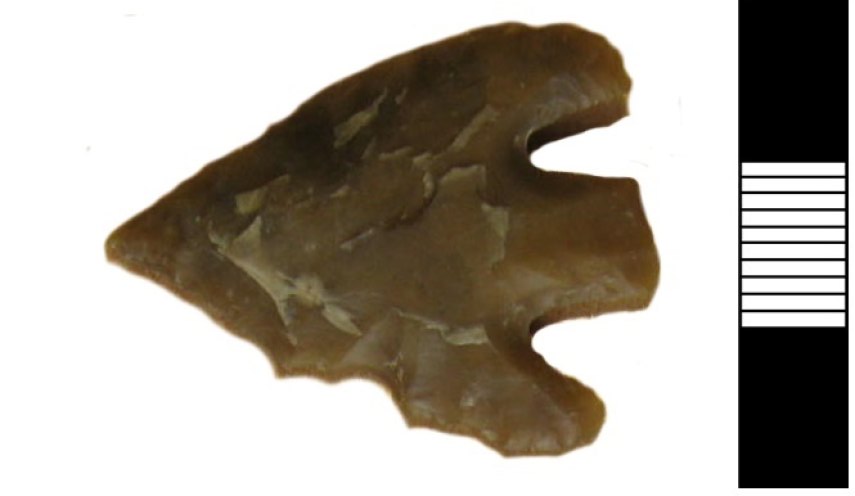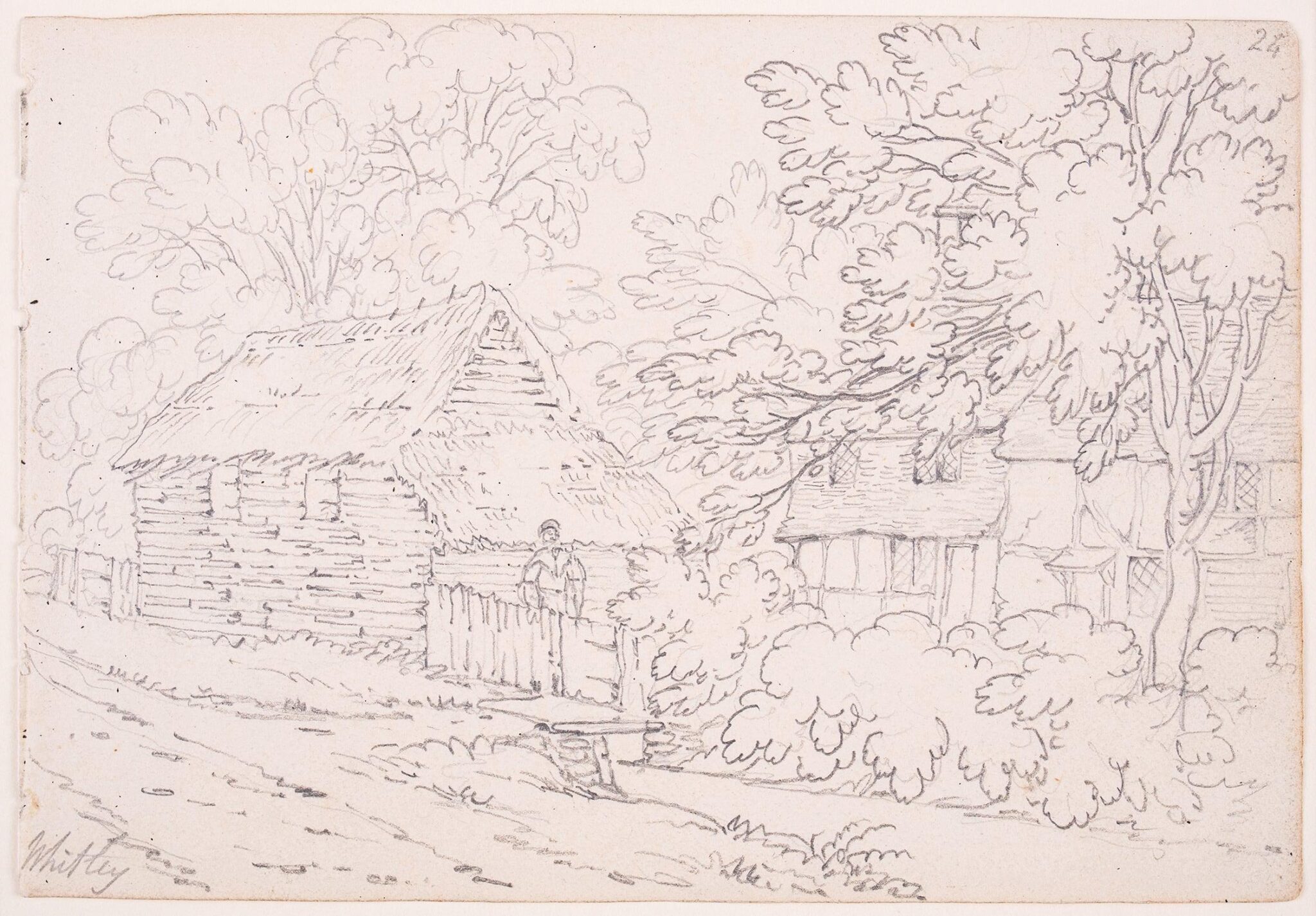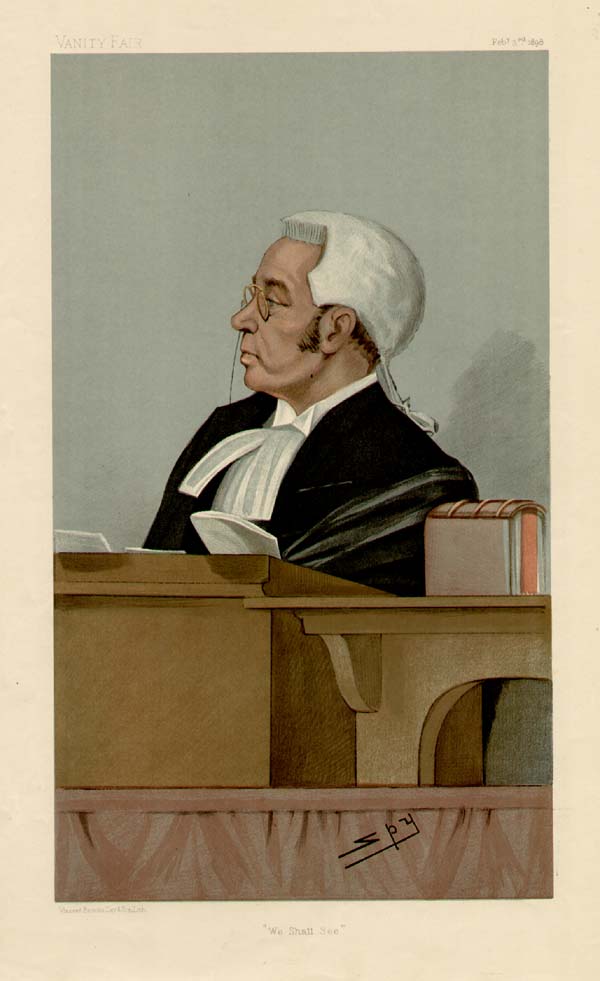|
Whitaker Wright
James Whitaker Wright (9 February 1846 – 26 January 1904) was a company promoter and swindler, who committed suicide at the Royal Courts of Justice in London immediately following his conviction for fraud. Early life The eldest of five children, he was the son of James Wright, a Methodist Minister, and Matilda Whitaker, a tailor's daughter. He was born in Stafford, and spent his early years in various parts of England with his father. At an early age he was sent to Shireland Hall School in the Birmingham suburb of Smethwick, a boarding establishment funded by charitable donations which catered for the sons of clergymen of all denominations. He was instructed in Latin and Greek and was taught how to use a printing press. In 1861, according to the census of that year, he was a printer in Ripon. Between 1866 and 1868, he was a Methodist preacher like his father, but retired due to ill health. He was also the elder brother of John Joseph Wright, who invented the reversible trolle ... [...More Info...] [...Related Items...] OR: [Wikipedia] [Google] [Baidu] |
Stafford
Stafford () is a market town and the county town of Staffordshire, in the West Midlands region of England. It lies about north of Wolverhampton, south of Stoke-on-Trent and northwest of Birmingham. The town had a population of 70,145 in the 2021 census, It is the main settlement within the larger borough of Stafford which had a population of 136,837 (2021). History Stafford means "ford" by a staithe (landing place). The original settlement was on a dry sand and gravel peninsula that offered a strategic crossing point in the marshy valley of the River Sow, a tributary of the River Trent. There is still a large area of marshland north-west of the town, which is subject to flooding and did so in 1947, 2000, 2007 and 2019. Stafford is thought to have been founded about AD 700 by a Mercian prince called Bertelin, who, legend has it, founded a hermitage on a peninsula named Betheney. Until recently it was thought that the remains of a wooden preaching cross from the time h ... [...More Info...] [...Related Items...] OR: [Wikipedia] [Google] [Baidu] |
The Times
''The Times'' is a British daily national newspaper based in London. It began in 1785 under the title ''The Daily Universal Register'', adopting its current name on 1 January 1788. ''The Times'' and its sister paper ''The Sunday Times'' (founded in 1821) are published by Times Newspapers, since 1981 a subsidiary of News UK, in turn wholly owned by News Corp. ''The Times'' and ''The Sunday Times'', which do not share editorial staff, were founded independently and have only had common ownership since 1966. In general, the political position of ''The Times'' is considered to be centre-right. ''The Times'' is the first newspaper to have borne that name, lending it to numerous other papers around the world, such as ''The Times of India'', ''The New York Times'', and more recently, digital-first publications such as TheTimesBlog.com (Since 2017). In countries where these other titles are popular, the newspaper is often referred to as , or as , although the newspaper is of nationa ... [...More Info...] [...Related Items...] OR: [Wikipedia] [Google] [Baidu] |
Godalming
Godalming is a market town and civil parish in southwest Surrey, England, around southwest of central London. It is in the Borough of Waverley, at the confluence of the Rivers Wey and Ock. The civil parish covers and includes the settlements of Farncombe, Binscombe and Holloway Hill. Much of the area lies on the strata of the Lower Greensand Group and Bargate stone was quarried locally until the Second World War. The earliest evidence of human activity is from the Paleolithic and the River Wey floodplain at Charterhouse was settled in the middle Iron Age and Roman period. The modern town is thought to have its origins in the 6th or early 7th centuries and its name is thought to derive from that of a Saxon landowner. Kersey, a woollen cloth, dyed blue, was produced at Godalming for much of the Middle Ages, but the industry declined in the early modern period. In the 17th century, the town began to specialise in the production of knitted textiles and in the manufactur ... [...More Info...] [...Related Items...] OR: [Wikipedia] [Google] [Baidu] |
Witley
Witley is a village and civil parish in the Borough of Waverley in Surrey, England centred south west of the town of Godalming and southwest of Guildford. The land is a mixture of rural (ranging from woodland protected by the Surrey Hills AONB including a small part of the forested Greensand Ridge to cultivated fields) contrasting with elements more closely resembling a suburban satellite village. As a civil parish it is unusual in that it includes the small town of Milford in the north. Occupying its hills in the south-west are Sandhills and Brook. Witley Common is a wide expanse of land, owned by the National Trust, crossed by the A3 road. The village is served by two stations on the Portsmouth Direct Line: Witley station, to the south in nearby Wormley, and, to the north, Milford station, which is more or less equidistant between Milford and Witley. Its church dates to the pre-Norman Conquest period of the Kingdom of England. The village has the private sector, bu ... [...More Info...] [...Related Items...] OR: [Wikipedia] [Google] [Baidu] |
Cyanide Poisoning
Cyanide poisoning is poisoning that results from exposure to any of a number of forms of cyanide. Early symptoms include headache, dizziness, fast heart rate, shortness of breath, and vomiting. This phase may then be followed by seizures, slow heart rate, low blood pressure, loss of consciousness, and cardiac arrest. Onset of symptoms usually occurs within a few minutes. Some survivors have long-term neurological problems. Toxic cyanide-containing compounds include hydrogen cyanide gas and a number of cyanide salts. Poisoning is relatively common following breathing in smoke from a house fire. Other potential routes of exposure include workplaces involved in metal polishing, certain insecticides, the medication sodium nitroprusside, and certain seeds such as those of apples and apricots. Liquid forms of cyanide can be absorbed through the skin. Cyanide ions interfere with cellular respiration, resulting in the body's tissues being unable to use oxygen. Diagnosis is often diffi ... [...More Info...] [...Related Items...] OR: [Wikipedia] [Google] [Baidu] |
Rufus Isaacs, 1st Marquess Of Reading
Rufus Daniel Isaacs, 1st Marquess of Reading, (10 October 1860 – 30 December 1935) was a British Liberal politician and judge, who served as Lord Chief Justice of England, Viceroy of India, and Foreign Secretary, the last Liberal to hold that post. The second practising Jew to be a member of the British cabinet (the first being Herbert Samuel, who was also a member of H. H. Asquith's government), Isaacs was the first Jew to be Lord Chief Justice, and the first, and as yet, only British Jew to be raised to a marquessate. Biography Rufus Isaacs was born at 3 Bury Street, in the parish of St Mary Axe, London, the son of a Jewish fruit importer at Spitalfields. He was educated at University College School and then entered the family business at the age of 15. In 1876–77 he served as a ship's boy and later worked as a jobber on the stock-exchange from 1880 to 1884. In 1887 he married Alice Edith Cohen, who suffered from a chronic physical disability and died of cancer in 1930, ... [...More Info...] [...Related Items...] OR: [Wikipedia] [Google] [Baidu] |
John Bigham, 1st Viscount Mersey
John Charles Bigham, 1st Viscount Mersey, (3 August 1840 – 3 September 1929) was a British jurist and politician. After early success as a lawyer, and a less successful spell as a politician, he was appointed a judge, working in commercial law. After his retirement, Mersey remained active in public affairs, and is probably best remembered for heading the official Board of Trade inquiries into the sinking of steamships, most notably the RMS ''Titanic'', the RMS ''Lusitania'', and the RMS ''Empress of Ireland''. Biography Early years Bigham was born in Liverpool, the second son of John Bigham, a prosperous merchant, and his wife Helen, ''née'' East. He was educated at the Liverpool Institute High School for Boys The Liverpool Institute High School for Boys was an all-boys grammar school in the English port city of Liverpool. The school had its origins in 1825 but occupied different premises while the money was found to build a dedicated building on ..., and the Uni ... [...More Info...] [...Related Items...] OR: [Wikipedia] [Google] [Baidu] |
Grave Of Whitaker Wright In Witley, Surrey
A grave is a location where a dead body (typically that of a human, although sometimes that of an animal) is buried or interred after a funeral. Graves are usually located in special areas set aside for the purpose of burial, such as graveyards or cemeteries. Certain details of a grave, such as the state of the body found within it and any objects found with the body, may provide information for archaeologists about how the body may have lived before its death, including the time period in which it lived and the culture that it had been a part of. In some religions, it is believed that the body must be burned or cremated for the soul to survive; in others, the complete decomposition of the body is considered to be important for the rest of the soul (see bereavement). Description The formal use of a grave involves several steps with associated terminology. ;Grave cut The excavation that forms the grave.Ghamidi (2001)Customs and Behavioral Laws Excavations vary from a sha ... [...More Info...] [...Related Items...] OR: [Wikipedia] [Google] [Baidu] |
Bakerloo Line
The Bakerloo line () is a London Underground line that goes from in suburban north-west London to in south London, via the West End. Printed in brown on the Tube map, it serves 25 stations, 15 of which are underground, over . It runs partly on the surface and partly in deep-level tube tunnels. The line's name is a portmanteau of its original name, the Baker Street & Waterloo Railway. From to Harrow & Wealdstone (the section above ground), the line shares tracks with the London Overground Watford DC line and runs parallel to the West Coast Main Line. There is, however, a short tunnel at the western end of . Opened between 1906 and 1915, many of its stations retain elements of their design to a common standard: the stations below ground using Art Nouveau decorative tiling by Leslie Green, and the above-ground stations built in red brick with stone detailing in an Arts & Crafts style. It is the ninth-busiest line on the network, carrying more than 111 million passengers annu ... [...More Info...] [...Related Items...] OR: [Wikipedia] [Google] [Baidu] |
Baker Street And Waterloo Railway
The Baker Street and Waterloo Railway (BS&WR), also known as the Bakerloo tube, was a railway company established in 1893 that built a deep-level underground "tube" railway in London. The company struggled to fund the work, and construction did not begin until 1898. In 1900, work was hit by the financial collapse of its parent company, the London & Globe Finance Corporation, through the fraud of Whitaker Wright, its main shareholder. In 1902, the BS&WR became a subsidiary of the Underground Electric Railways Company of London (UERL) controlled by American financier Charles Yerkes. The UERL quickly raised the funds, mainly from foreign investors. When first opened in 1906, the BS&WR's line served nine stations and ran completely underground in a pair of tunnels for between its northern terminus at Baker Street and its southern terminus at Elephant and Castle with a depot on a short spur nearby at London Road. Extensions between 1907 and 1913 took the northern end of the line to ... [...More Info...] [...Related Items...] OR: [Wikipedia] [Google] [Baidu] |
Queen Victoria
Victoria (Alexandrina Victoria; 24 May 1819 – 22 January 1901) was Queen of the United Kingdom of Great Britain and Ireland from 20 June 1837 until Death and state funeral of Queen Victoria, her death in 1901. Her reign of 63 years and 216 days was longer than that of List of monarchs in Britain by length of reign, any previous British monarch and is known as the Victorian era. It was a period of industrial, political, scientific, and military change within the United Kingdom, and was marked by a great expansion of the British Empire. In 1876, the British Parliament voted to grant her the additional title of Empress of India. Victoria was the daughter of Prince Edward, Duke of Kent and Strathearn (the fourth son of King George III), and Princess Victoria of Saxe-Coburg-Saalfeld. After the deaths of her father and grandfather in 1820, she was Kensington System, raised under close supervision by her mother and her comptroller, John Conroy. She inherited the throne aged 18 af ... [...More Info...] [...Related Items...] OR: [Wikipedia] [Google] [Baidu] |
Sir James Reid, 1st Baronet
Sir James Reid, 1st Baronet (23 October 1849 – 28 June 1923) was a British doctor who served as physician-in-ordinary to three British monarchs, Queen Victoria, King Edward VII and King George V. A physician, a Scotsman from Aberdeenshire and able to speak German, he fulfilled Queen Victoria's chief criteria for resident medical attendant under the supervision of her then physician-in-ordinary, Sir William Jenner. At the age of 31 years, he was given medical charge of the Royal Household at Balmoral. The Queen became increasingly dependent upon Reid as she grew older, and he accompanied her everywhere. He also attended to members of the Royal family, and delivered several of her grandchildren. As part of his duties to the Household, he also attended to the Queen's "Munshi", Abdul Karim. Early life and education James Reid was born in Ellon, Aberdeenshire on 23 October 1849, the eldest son of James Reid and his wife Beatrice Peter. He was educated at Aberdeen Grammar School ... [...More Info...] [...Related Items...] OR: [Wikipedia] [Google] [Baidu] |









